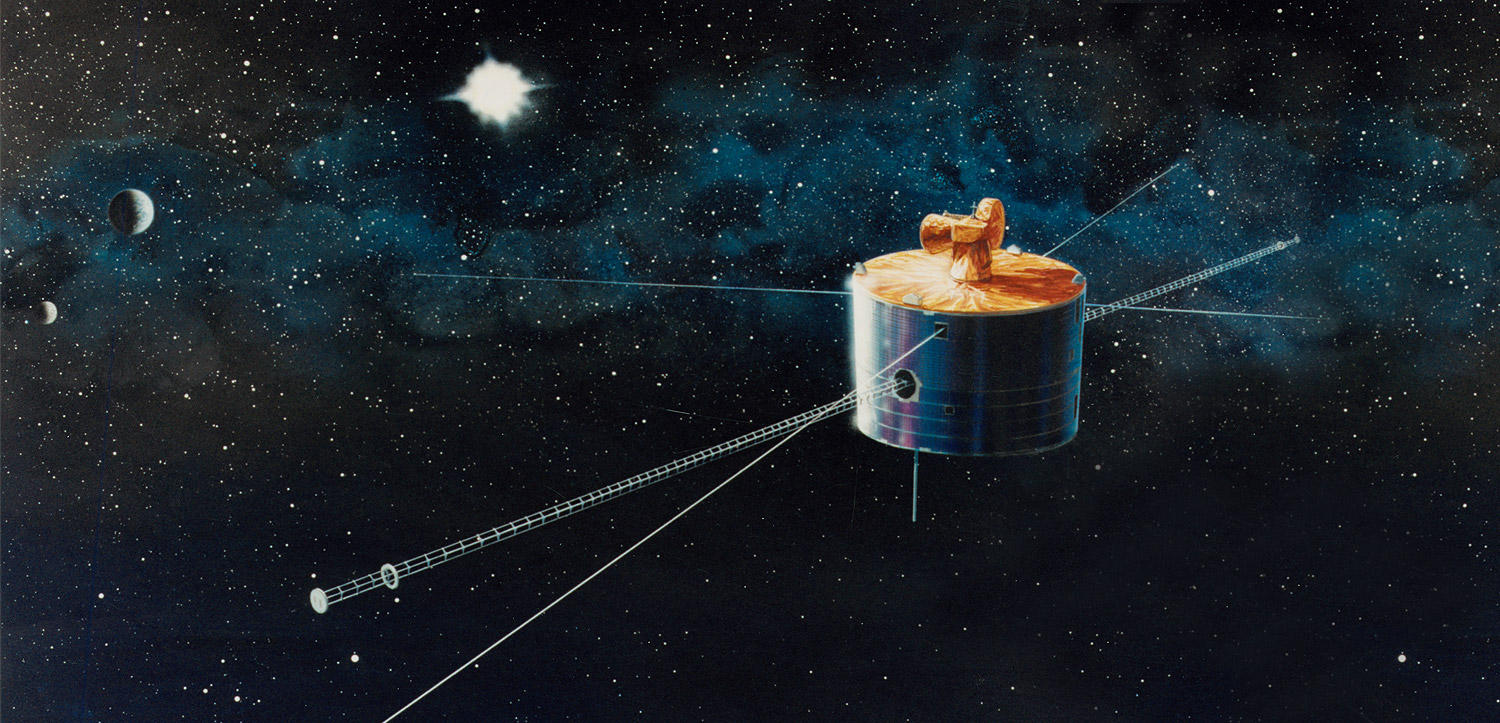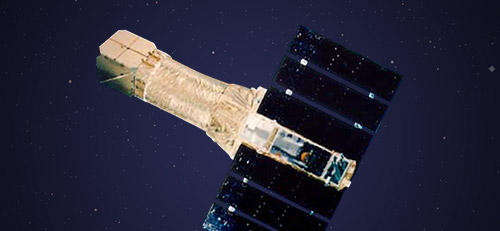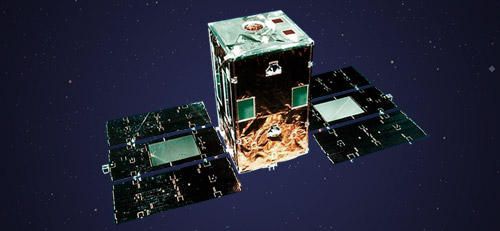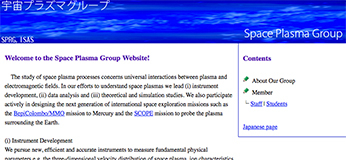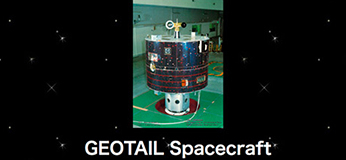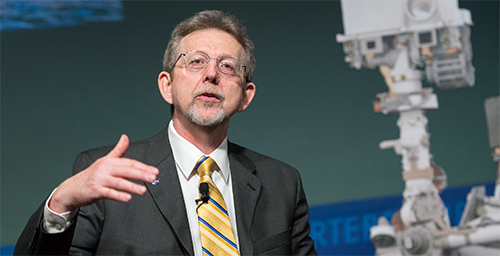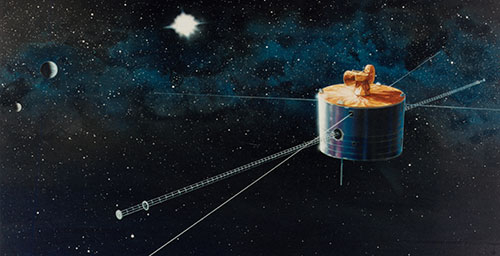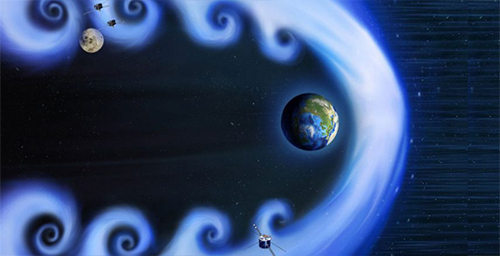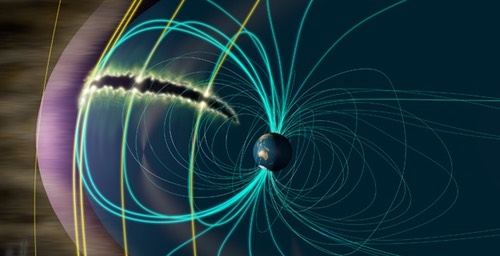This magnetosphere tail observation satellite makes direct observations at sites where physical phenomena occur in the space around the Earth.
Both research and development and operations for this probe were carried out as part of a cooperative project between the US and Japan in order to elucidate processes of acceleration and heating for and the origin of high temperature plasma in the magnetosphere as well as the dynamics and structure of the Earth’s magnetosphere tail.
The GEOTAIL magnetosphere tail observation satellite launched by a Delta-II rocket from Cape Canaveral, Florida in the US on the 24th of July, 1992 is part of a cooperative project between the US and Japan. The main goal was to obtain clues that would help solve mysteries such as:
“How does magnetic field energy change in the magnetosphere tail and how are ions and electrons accelerated?,” “How are the various waves in the magnetosphere tail related?,” and “What is the source of the plasma in the magnetosphere tail and how is it transported?”
In order to achieve this goal, the GEOTAIL project developed and launched instruments in accordance with a policy of furthering understanding via direct observations at the sites of physical phenomena and comprehensive observation such as of particle distribution functions, electric fields, magnetic fields, and wave motion for microscopic physical processes and macroscopic structures in the space around the Earth.
| Name (pre-launch in parentheses) | GEOTAIL |
|---|---|
| International Designation Code | 1992-044A |
| Objectives | Research on structure and dynamics of the earth's magnetotail Participation in ISTP (International Solar-Terrestrial Physics) |
| Lunch Date | July 24, 1992 |
| Launch Location | Cape Canaveral (Florida, U.S.A.)州) |
| Launch Vehicle | Delta 2 |
| Weight | 1,009 kg (at launch) |
| Shape | Cylinder of 2.2m diameter and 1.6m height Equipped with two 6m-long extendable masts for magnetic sensor and four 50m-long antennas |
| Orbit Altitude | Perigee 57,000 km, Apogee 200,000 km |
| Orbit Inclination | 29° |
| Type of Orbit | Double lunar swing-by |
| Scientific Instruments | 1. Magnetic field monitor 2. Electric field monitor 3. Two sets of plasma monitors 4. Two sets of high-energy particle monitors 5. Plasma wave instrument |
| Operation | For the first two years, the satellite was planned to orbit and perform double lunar swing-bys to observe the magnetotail's far region (80 to 220 times the radius of the earth) while keeping apogee in the earth's night side. In mid-November, 1994, the apogee was lowered to a point 50 times the earth's radius and, on February, 1995, even further to 30 times the earth's radius to study the process of magnetotail sub-storms near the earth. The perigee was set to about 10 times the earth's radius and orbital inclination to the ecliptic plane was set to be -7° so that the apogee of the satellite would be positioned in the magnetotail's neutral plane around the winter solstice. The above orbit was a great success and the region of 10 to 220 times the earth's radius of the magnetotail was closely investigated. In addition, due to the orbit arrangement, GEOTAIL was able to pass close by the boundary plane of the magnetosphere in the day side when the satellite's perigee was also in the day side. In June 1997, the perigee was slightly lowered to 9 to 9.5 times the earth's radius in order to increase the probability that GEOTAIL would be positioned just inside the magnetosphere's boundary plane in the day side. The orbit of 9 times (perigee) and 30 times (apogee) the earth's radius allowed us to study the magnetosheath, bay-shape shock wave and its upstream area in detail. |
| End of Operation | November 28, 2022 |
| Results | We found several important clues in the plasma sheet, the source of aurora electrons, to explain why the aurorae suddenly brighten on a global scale. Cooperating with other nation’s satellites, we also discovered many new facts concerning the location and timing of magnetic reconnection, an explosive energy-release phenomenon. |

